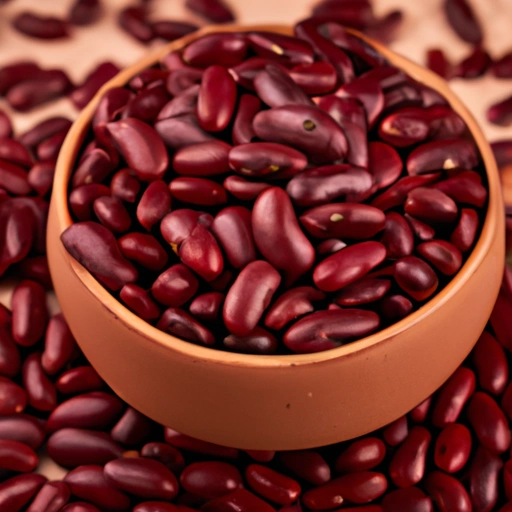Kidney Bean
Description

Common uses
Kidney beans are commonly used in a range of culinary applications, from hearty stews and soups to salads, chili, and rice dishes. They are also frequently used as a meat substitute in vegetarian and vegan recipes.
Nutritional value
Calories
A 1-cup serving (about 177 grams) of cooked kidney beans contains approximately 225 calories (kcal).
Protein
That same serving size offers about 15 grams of protein, making it a great plant-based protein source.
Fat
Kidney beans are low in fat, with less than 1 gram per serving.
Carbohydrates
Rich in carbohydrates, they contain about 40 grams per serving, most of which are complex carbs and dietary fiber.
Vitamins
They provide a good source of B vitamins, particularly folate (vitamin B9), and smaller amounts of vitamin K1.
Minerals
Kidney beans are high in minerals such as potassium, magnesium, iron, and zinc.
Health benefits
Regular consumption of kidney beans may contribute to heart health due to their high fiber content and presence of heart-healthy nutrients like potassium and magnesium. Their low glycemic index makes them suitable for those managing blood sugar levels. The fiber also promotes digestive health and may aid in weight management.
Potential risks
Kidney beans contain lectins, a type of protein that can be toxic if the beans are not cooked properly. It is essential to soak dried beans and then boil them for at least 10 minutes to eliminate these lectins. Canned kidney beans are pre-cooked and safe to consume after warming.
Common recipes
Kidney beans are a key ingredient in dishes such as Rajma (an Indian curry), Mexican chili, and the classic American red beans and rice.
Cooking methods
They can be boiled, stewed, or slow-cooked, and are suited for both stovetop and pressure-cooking methods.
Pairing with other ingredients
Their robust flavor pairs well with bold spices, fresh herbs, and aromatics such as onions, garlic, and peppers. They also complement grains like rice and quinoa.
Summary
Kidney beans are a nutritious and adaptable food ingredient integral to numerous traditional and contemporary recipes worldwide. Their rich taste, high protein content, and versatile nature make them a favorite among home cooks and professional chefs alike. Whether incorporated into soups, stews, salads, or as a hearty main dish, kidney beans add flavor, texture, and nutritional value to any meal.